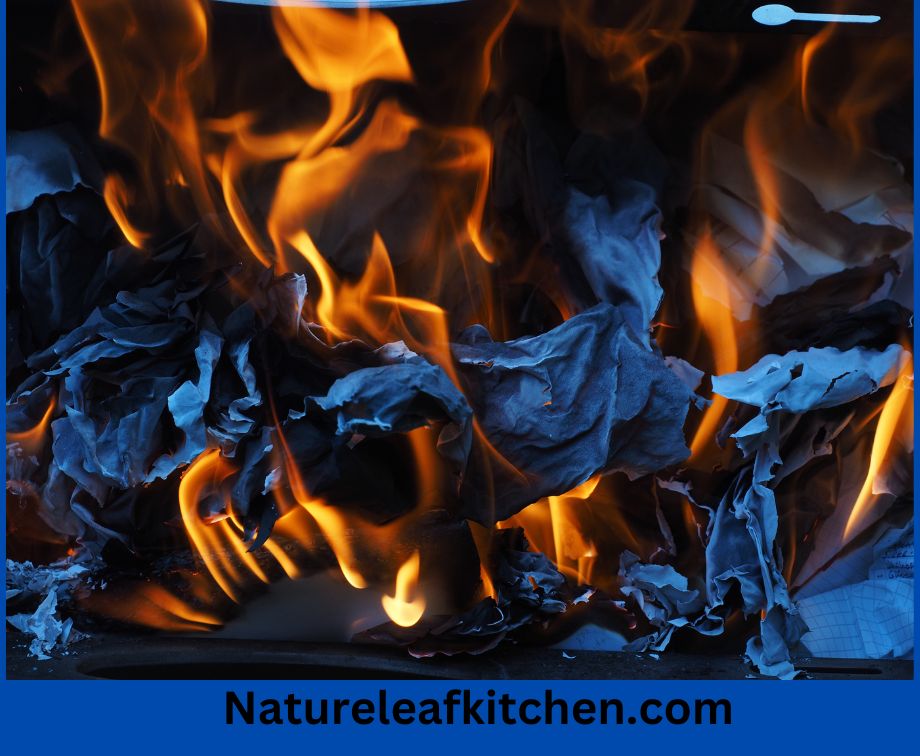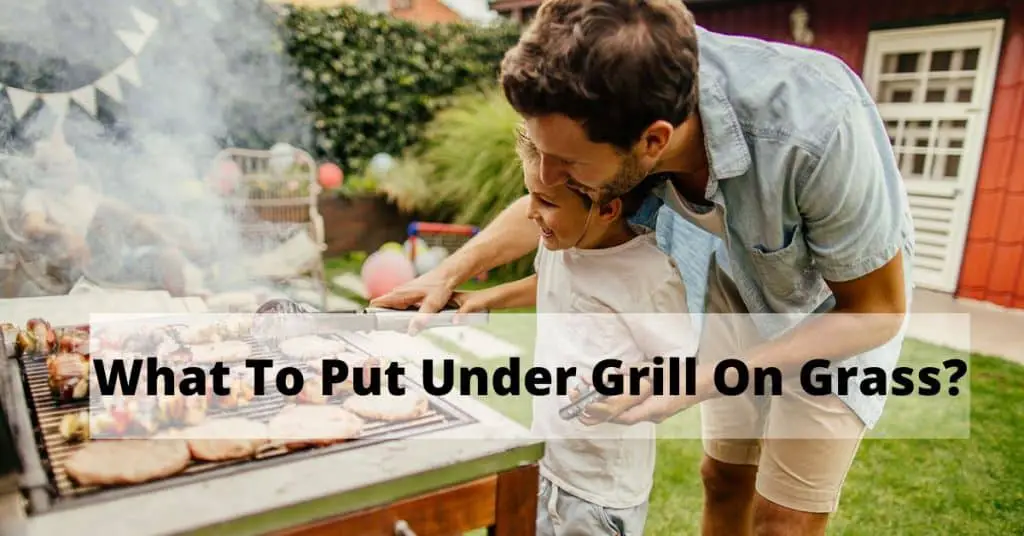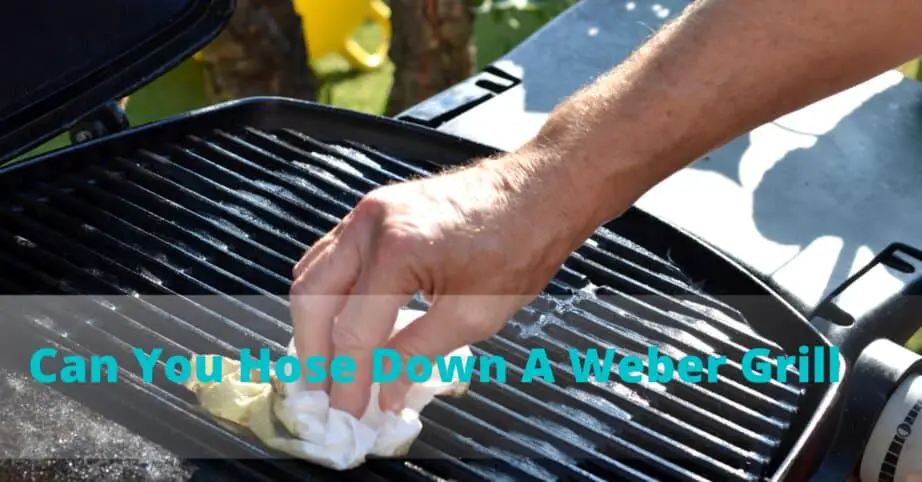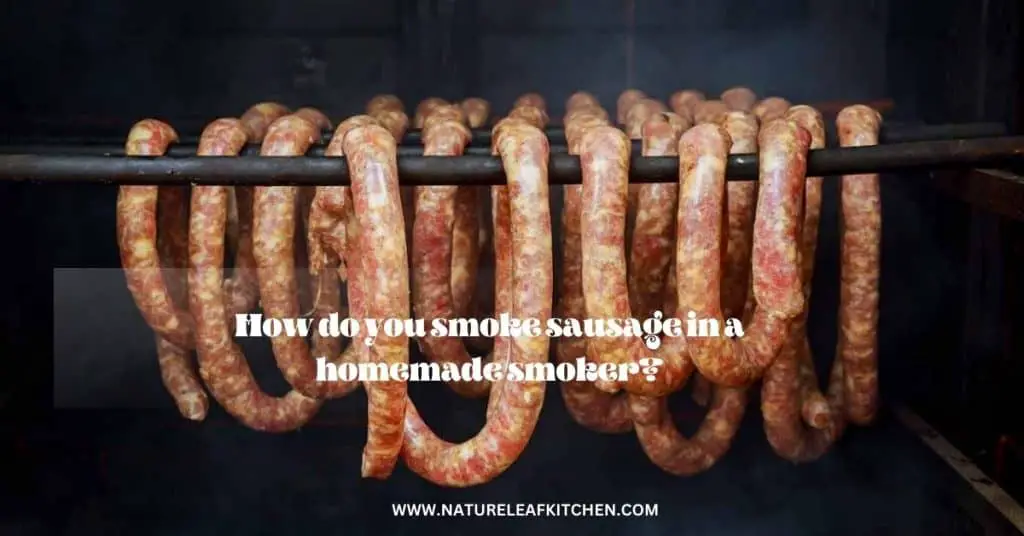Are you struggling to get the perfect sear on your steaks and burgers? Surprisingly, heat can be an issue with natural gas grills. Despite their reputation for high temperatures, these grills can sometimes fail to reach optimal heat levels. But fear not! There are ways to identify and fix this problem and ensure your grilling experience is nothing short of sizzling.
Natural gas grills have been a popular choice for outdoor cooking for decades. However, over time, burners can become clogged with debris, leading to reduced heat output. Studies have shown that a single small obstruction in the burner can decrease heat by up to 20%. To identify this issue, simply check for uneven heat distribution and weak flames. Luckily, fixing it is relatively simple. Cleaning and unclogging the burners can restore their performance and ensure your grilling sessions are hot and delicious.
Step-by-Step Guide:
- Check the gas supply: Make sure the gas valve is fully open and the gas line is free from any blockages.
- Inspect the burners: Clean the burners and check for any clogs or damage.
- Examine the regulator: Ensure the regulator is functioning properly and delivering the right pressure.
- Inspect the venturi tubes: Clean or replace the venturi tubes if they are blocked or damaged.
- Adjust the grill settings: Adjust the control knobs and heat settings to ensure proper heat distribution.
By following these steps, you can easily identify and fix heat issues with your natural gas grill.

Is Heat An Issue With Natural Gas Grills? How To Identify & Fix It?
When it comes to grilling, the heat is a crucial element for achieving that perfect sear and juicy interior. Many grill enthusiasts prefer using natural gas grills for their convenience and efficiency. However, like any cooking appliance, natural gas grills can encounter heat-related issues that affect their performance. In this article, we will dive deep into the topic of heat issues with natural gas grills, exploring common problems, how to identify them, and steps to fix them. Whether you’re a seasoned grill master or just starting, understanding heat-related issues with natural gas grills is essential for achieving optimal grilling results.
The Importance of Heat Distribution in Natural Gas Grills
One of the key factors determining the quality of grilling is the even distribution of heat. Natural gas grills rely on burners and heat diffusers to evenly distribute heat across the cooking surface. However, over time, certain factors can disrupt this balance, leading to uneven heating and hot spots. It’s important to identify and address these heat distribution issues to ensure that your food cooks uniformly and doesn’t end up undercooked or overcooked.

Identifying Heat Distribution Issues
There are several ways to identify heat distribution issues in natural gas grills. One common sign is when one section of the cooking surface cooks food faster than the rest. You might notice that certain areas of the grill produce a stronger flame or higher temperature, resulting in uneven cooking. Additionally, if you frequently find yourself rearranging your food during grilling to compensate for uneven cooking, it’s likely a heat distribution problem. To confirm the issue, you can use a grill thermometer to measure the temperature across the grill surface and identify any significant discrepancies.
To understand the cause of heat distribution issues, it’s crucial to inspect the burners, heat diffusers, and other components. Over time, burner tubes can become clogged with grease and debris, hindering the flow of gas. Furthermore, heat diffusers, also known as flavorizer bars, may deteriorate or become clogged, leading to inconsistent heat dispersal. By thoroughly examining these elements, you can determine the root cause of the heat distribution problem and take appropriate measures to resolve it.
Fixing Heat Distribution Issues
There are several steps you can take to fix heat distribution issues in your natural gas grill. Cleaning and maintenance play a vital role in resolving many of these problems. Start by cleaning the burners and removing any blockages that may be obstructing gas flow. Use a grill brush to scrub away grease and debris from the burner tubes, ensuring proper gas flow and ignition. Similarly, clean the heat diffusers or flavorizer bars, removing any accumulated grease that hampers their functionality. Regularly inspect and clean these components to prevent heat distribution issues from recurring.
If cleaning doesn’t solve the problem, you might need to replace damaged or worn-out parts. Burner tubes and heat diffusers can deteriorate over time, affecting their performance. Replacing these components with brand-new ones can effectively restore heat distribution in your natural gas grill. When purchasing replacement parts, ensure compatibility with your specific grill model and follow the manufacturer’s instructions for installation. By investing in regular maintenance and occasional part replacements, you can ensure that your natural gas grill continues to deliver consistent, evenly distributed heat for flawless grilling results.
Maintaining Consistent Heat Output in Natural Gas Grills
In addition to heat distribution issues, maintaining consistent heat output is essential for achieving optimal grilling results. Natural gas grills should deliver steady and reliable heat throughout the cooking process. However, certain factors can cause fluctuations in heat output, affecting the texture and taste of your grilled food. Let’s explore some common issues that can impact heat consistency in natural gas grills and how to address them.
Identifying Heat Output Fluctuations
One of the main signs of heat output fluctuations is when the flame on your natural gas grill keeps flickering or goes out unexpectedly during grilling. Fluctuating heat can lead to uneven cooking, resulting in overcooked or undercooked food. Additionally, if you find that your grill takes longer than usual to preheat or doesn’t reach the desired temperature, it’s likely a heat output issue. Monitoring and recognizing these fluctuations is crucial for maintaining consistent heat and achieving perfectly grilled meals.
Several factors can contribute to heat output fluctuations in natural gas grills. The gas regulator, which controls the flow of gas from the supply line to the burners, may become faulty or worn out over time. This can impact the pressure and result in inconsistent heat output. Additionally, clogged or malfunctioning burner valves can disrupt the gas flow and cause fluctuations in heat. Identifying the specific cause of heat output issues is essential for implementing the appropriate solution.
Fixing Heat Output Fluctuations
Addressing heat output fluctuations in natural gas grills requires a systematic approach. Start by checking the gas regulator to ensure it is functioning properly. If you suspect an issue with the regulator, it is recommended to consult a professional to assess and potentially replace the faulty component. Similarly, inspect the burner valves for any signs of damage or blockages. Clear any debris or obstructions that may be hindering the gas flow and causing inconsistent heat output.
In some cases, heat output issues can be resolved by simply adjusting the burners’ air intake vents. These vents control the oxygen-to-gas ratio, which affects flame size and heat output. By adjusting the vents, you can fine-tune the heat and achieve a consistent output. However, it’s important to refer to your grill’s manual or manufacturer’s guidelines for proper vent adjustments, as each grill may have different specifications.
Regular maintenance and cleaning also play a crucial role in maintaining consistent heat output. Keep the burners and gas supply lines clean and free from debris to ensure unobstructed gas flow. Additionally, inspect the burner ports for any signs of clogging and clean them if necessary. By following a regular cleaning and maintenance routine, you can significantly reduce the likelihood of heat output fluctuations in your natural gas grill.
Key Tips for Optimal Heat Performance
To ensure optimal heat performance and mitigate potential heat-related issues, consider the following tips:
- Regularly clean your natural gas grill to prevent grease and debris build-up that can affect heat distribution and output.
- Inspect and maintain the burner tubes, heat diffusers, gas regulator, and burner valves to identify and address any issues promptly.
- Use a grill thermometer to monitor and adjust the temperature across the cooking surface, ensuring even heat distribution.
- Keep the air intake vents clean and adjust them as needed to achieve consistent heat output.
- Consider investing in high-quality, durable burner tubes and heat diffusers to ensure long-term heat performance in your natural gas grill.
- Refer to your grill’s manual or manufacturer’s guidelines for specific cleaning, maintenance, and troubleshooting instructions.
- Experiment with different grilling techniques and recipes to maximize the potential of your natural gas grill’s heat performance.
By incorporating these tips into your grilling routine, you can enjoy consistent heat, even cooking, and delicious results every time you fire up your natural gas grill.
Conclusion
Heat plays a fundamental role in achieving the perfect grilling experience with natural gas grills. By understanding and addressing heat distribution and output issues, you can ensure that your grilled meals are cooked to perfection. Regular maintenance, cleaning, and occasional part replacements are crucial for maintaining consistent heat performance. By following the key tips outlined in this article, you’ll be well-equipped to identify, fix, and prevent heat-related issues in your natural gas grill. So, fire up your grill, embrace the heat, and let the delicious flavors unfold!
Key Takeaways: Is Heat An Issue With Natural Gas Grills? How To Identify & Fix It?
- Heat can be an issue with natural gas grills if they are not properly maintained and operated.
- To identify heat issues, check if the grill is not reaching the desired cooking temperature or if there are hot or cold spots on the grill surface.
- To fix heat issues, clean the burners and grill grates regularly, check for gas leaks, and adjust the air vents for better airflow.
- Another common heat issue is uneven heat distribution, which can be solved by using heat diffusers or burner tents.
- Regular maintenance and cleaning of natural gas grills can help prevent heat issues and ensure optimal performance.
Frequently Asked Questions
When it comes to natural gas grills, there may be concerns about heat issues and how to identify and fix them. To help you understand this topic better, we’ve compiled a list of frequently asked questions and their answers.
1. What are some signs that heat is an issue with my natural gas grill?
If you notice that your grill isn’t getting as hot as it used to or if there are hot spots where the heat is concentrated unevenly, these can be signs of heat issues. Another indication is if the flame is yellow or orange instead of blue, as this can suggest incomplete combustion.
To address these problems, start by cleaning the burners to remove any blockages. Make sure the gas supply is adequate and check for any leaks. Adjusting the air shutter on the burner can also help regulate the flame. If these steps don’t resolve the issue, it’s recommended to consult a professional for further inspection and repair.
2. Can weather conditions affect the heat performance of a natural gas grill?
Yes, weather conditions can impact the heat performance of a natural gas grill. Windy conditions can cause the flame to flicker or even extinguish, resulting in lower heat output. Moreover, colder temperatures can slow down the gas flow and affect the grill’s ability to reach and maintain high temperatures.
To mitigate these issues, choose a sheltered location for your grill and consider using a windbreak. Using a grill cover can also help retain heat and protect the grill from colder temperatures. Additionally, preheating the grill for a bit longer in colder weather can compensate for the slower gas flow.
3. Why is it important to regularly clean my natural gas grill to prevent heat issues?
Regularly cleaning your natural gas grill is essential to ensure optimal heat performance. Over time, grease, debris, and food particles can accumulate in the burners, causing blockages that restrict the flow of gas and heat. This can result in reduced heat output and uneven heating.
By cleaning your grill regularly, you prevent these blockages and allow for efficient gas flow and heat distribution. Remove the grates and burners to clean them thoroughly with a brush and warm, soapy water. Additionally, clean the drip pan and any other removable parts. Make sure to follow the manufacturer’s instructions and avoid using abrasive materials that may damage the grill.
4. How can I fix uneven heat distribution in my natural gas grill?
If you’re experiencing uneven heat distribution in your natural gas grill, there are a few steps you can take to fix the issue. Start by cleaning the burners to ensure there are no blockages. If the problem persists, adjust the position of the heat shields or flavorizer bars to create a more even heat distribution.
Additionally, placing ceramic briquettes or lava rocks on the heat shields can help distribute the heat more uniformly. However, before making any adjustments, refer to your grill’s user manual or consult the manufacturer’s guidelines to ensure proper installation and usage.
5. Can low gas pressure be a cause of heat issues in natural gas grills?
Yes, low gas pressure can contribute to heat issues in natural gas grills. Insufficient gas pressure can result in weak and inconsistent flames, leading to lower heat output. This can be caused by various factors such as a partially closed gas valve, a faulty regulator, or a problem with the gas supply line.
To address low gas pressure, start by checking that the gas valve is fully open and the regulator is functioning properly. If the issue persists, it’s best to consult a professional who can diagnose and fix the problem. They can assess the gas supply line and ensure that it meets the required pressure specifications for your grill.
How to Fix High Heat Issues | Vermont Castings VanguardTM Gas BBQ Grills
Summary:
Natural gas grills can sometimes have heat issues, but they can be identified and fixed easily. If the grill is not getting hot enough, check the gas supply, burner, and regulator. Clean the burner and make sure it’s properly aligned. If the grill is getting too hot, adjust the burner or use heat diffusers. Regular maintenance and cleaning can help prevent heat problems in the future.
Overall, heat issues with natural gas grills are common but solvable. By following these simple steps, you can ensure your grill cooks delicious food every time without any temperature troubles. So fire up your natural gas grill and enjoy some tasty barbecues!




